Making waves: A look back at the founding of Derry's first diving club
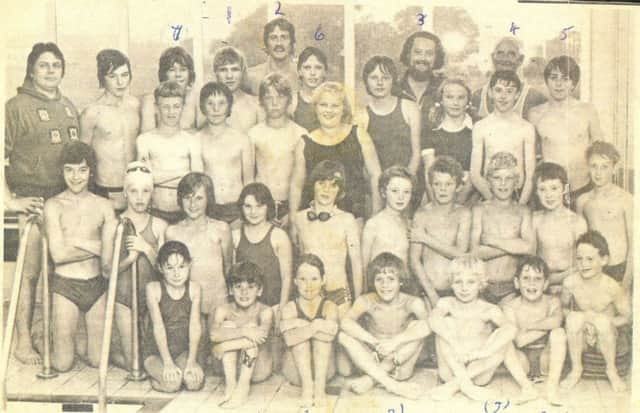

It is now 50 years since Ray Cossum, at the request of a number of local men, agreed to get involved in the founding of a sub aqua club in the city - the Lough Swilly Sub-Aqua Club.
Back then there were very few people with any experience of diving and Ray, a former naval officer and long distance swimmer, along with his brother Eric, were something of a rarity.
Advertisement
Hide AdAdvertisement
Hide AdRay had by then already embarked on an epic career that would see him swim from Portrush to Greencastle; Fairhead to Ballycastle; Derry to Moville and across Belfast Lough and Lake Windermere. Later he would also claim the title of the first Irish man to swim the English Channel in November 1970 in a time of 13 hours 41 minutes.
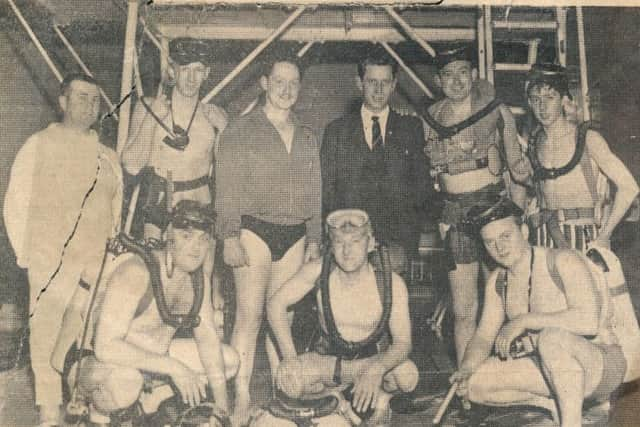

His achievements are all the more remarkable because, along with brother Eric, he was self taught in diving and long distance swimming.
“I don’t know how the brother and me never got drowned!’ he laughs.
“I had to learn by mistakes and boy did I make mistakes. You don’t have the knowledge and training so it was trial and error.
Advertisement
Hide AdAdvertisement
Hide Ad“All my outdoor training was done at Lisfannon, sometimes I could go for about eight hours up and down there. I remember one time I came out at Lisfannon and there was a wee man standing with an air gun. He was a Donegal Yank and he said, ‘Hey you, you’re a lucky guy. I was going to draw a bead on you [aim at you with a gun]. I thought you were a seal!
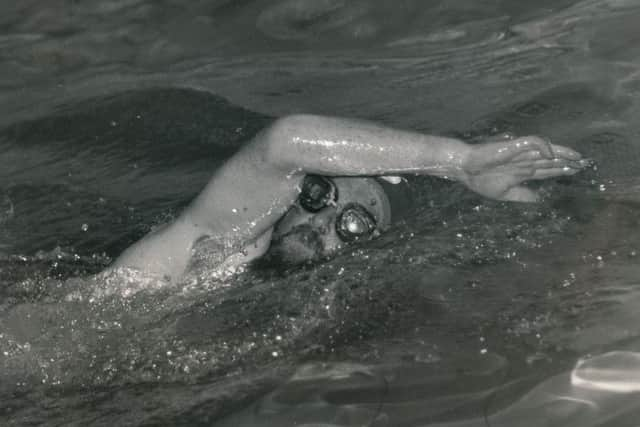

“I done my first swim in 1964 with Jack McClelland [Buncrana to Rathmullan]. I had to be careful, I had never done long distance swimming before but Jack was a professional swimmer. I done it in two hours odd.
“I’ve done the swim about 10 times in all really, because over the years different people would say, ‘Ray, I’d like to have a go, would you come in the water with us?’ so I’d end up doing it again. I lost count.”
Within a couple of years, Ray decided he wanted to challenge himself to swim from Buncrana to Rathmullan and back again. “When I went to do the swim both ways, I I rang my brother and said, ‘Any chance of doing the swim both ways?’ and he said, ‘Ray, you have got to get the tide turning at Rathmullan so you don’t fight the tide coming back’. He said to swim the first leg as fast as I could. It was about 4hours 40 minutes doing it bot h ways.”
Advertisement
Hide AdAdvertisement
Hide AdHis oustanding achievement on May 31, 1966 resulted in Ray being awarded a Certificate from The British Long Distance Swimming Association.
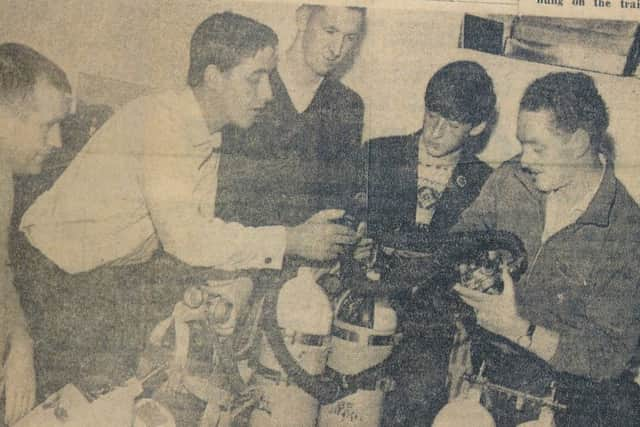

It was shortly after this that the Swilly Sub Aqua Club was formed, with the name later changed to Derry Sub-Aqua Club.
“Danny McGeady said to me: ‘You wouldn’t teach us diving if I got these lads together?’ what I knew of diving. They were businessmen,” Ray said.
Ray and Eric had saved up and bought all diving equipment and allowed the other members of the club to use it. The group of 15 met regularly at the William Street Baths, the youngest member of the club being Ray’s 14-year-old son Des, who was to become his diving companion over the following decades.
Advertisement
Hide AdAdvertisement
Hide AdAt William Street they trained for deep sea searches of wrecks off the Donegal coast.
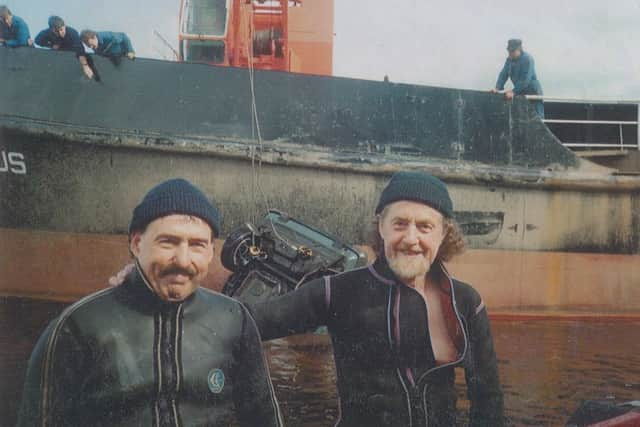

The training would lay the foundation for the skills required when club members in 1971 discovered the wreck of the second largest ship of the Spanish Armada, La Trinidad Valencera, which sank in 1588 in Kinnego Bay in Inishowen.
Another key part of the club’s activities through the years has also included taking part in searches and rescue operations locally. Over the years Ray himself was called upon to help retrieve over 20 bodies from local waterways following tragic drowning episodes. He recalls with sadness the recovery of the remains of three children from the Creggan Reservoir in 1976; young twins at Culmore, and a Garda officer at Fahan.
Ray hung up his own diving gear several years back but is still very much involved in swimming and diving, having coached and swam alongside many of Derry’s finest at home and abroad over the years.
Advertisement
Hide AdAdvertisement
Hide AdAnd thanks to the vision of those who founded the club all those years ago, it seems that Ray’s prediction to the ‘Journal’ back in 1967 that interest in diving locally “will expand beyond all expectations,” has proved very accurate indeed.